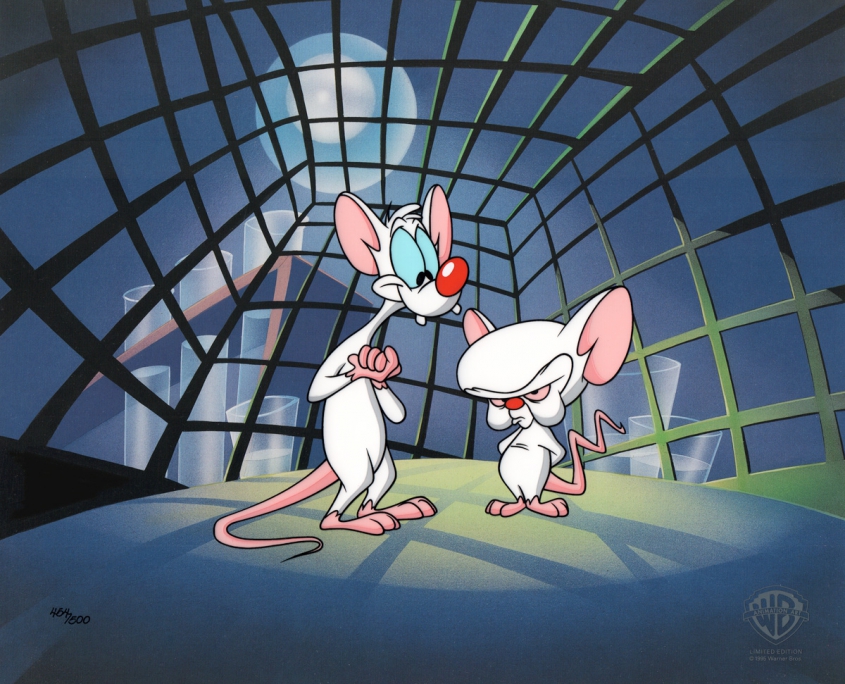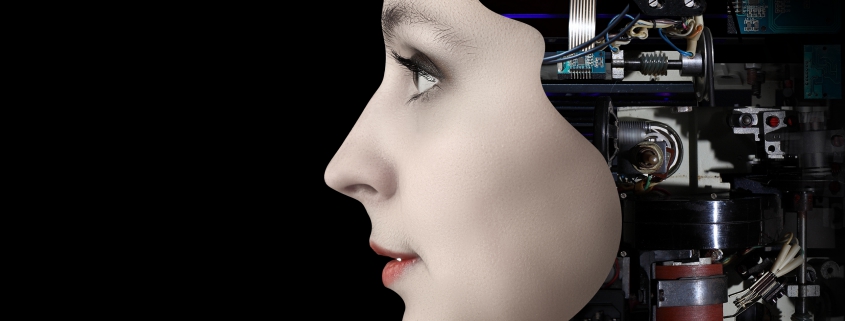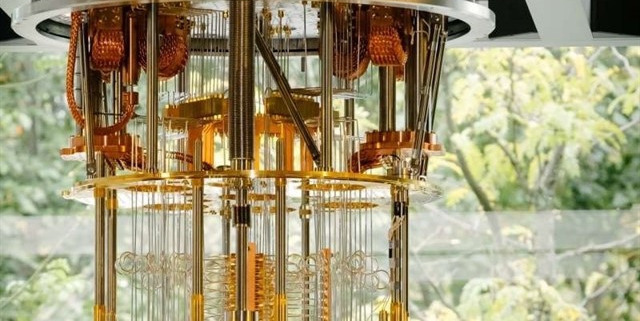My LinkedIn account states: Member since: June 12, 2003
My LinkedIn ID is 8573
2003 – In My 2003 Konstantin Guerke, one of the LinkedIn co-founders asked me to join the network and give some feedback. His primary interest: Get some executives into the network, which so far was primarily consisting of engineers. To be honest, back then I had absolutely no idea what value it provided and where this could go.
2004 -I was searching for a VP Marketing and looking for candidates. Konstantin asked me to try LinkedIn to find what I’m looking for. I did. After some tips and modeling I got a pretty good search model and found the perfect candidate. Kathrine Hayes was VP Marketing, not looking and in most of the recruiters databases listed as VP Sales, her previous position. I would have never found here and neither would our recruiters. We agreed to work together and not only I saved $30,000 recruiting cost, I got a perfect match. That was one of the key events when I realized that social networking would change everything. Not only the way we look for candidates but the way we sell, market, engage, service, promote, learn – simply every aspect of our business world.
2005 – I started my own blog and was considered one of the first executives blogging. I remember it was a bit of a debate in one of the board meetings as nobody could imagine what a blog is and why one would do that. I didn’t care. More so I tried to incorporate social media and social technology into our products. It was pretty clear to me that social technologies are the future life blood of any business application. Little did I know that it will still take years to get there.
2006 – Social networking was growing very fast within those early adopters and it proved helpful once one kind of understood how to use it to maintain existing contacts, develop new connections, get business introductions and even generate new leads. We all developed different techniques and had different opinion. And we all knew, that this is going to make a huge difference to sales and marketing. Yet we realized that most executives are still far away from recognizing the potential and the impact that social media already has on their businesses.
2007 – I heard about Twitter and the opinion that this is dumb and a total wast of time. In early 2007 I tried it out and agreed. This was really stupid. There was no way to form a meaningful sentence with 140 characters, let a lone a message for the public. But when I read in Wired Magazine that being forced to cram your thoughts into 140 characters and as a result we all will be less wordy, I looked at it again and signed up with a new account in June. I was surprised that the network has grown from roughly 50,000 just a few month ago to some hundred thousand users. I made new friends and began to really like it.
2008 – With the presidential campaign here in the US being massively using social media, many business executives woke up and were looking to explore its potential for their respective companies. A few business friends of mine, mostly CEOs from other Silicon Valley companies asked me to share my thoughts and experience about social media or just hired my as a consultant helping them develop a social media strategy. I have never been a consultant and didn’t really want to become one – but that was a lot of fun. The biggest problem was that nobody within those companies actually understood what I’m talking about. I decided to provide executive level training to help managers not only make sense of Social Media but being able to create a strategy, create initiatives, define resource and budget plans and everything a corporate executive needs to make a decision. And of 2008 we started the Social Media Academy.
2009 – I continued to consult a few large enterprises to develop their social media engagement. What we did however was very different from what most social media agencies suggested. We did not run any fancy Facebook campaigns or moved the old coupon business to the new media. Instead we developed customer engagement strategies where parts of the sales teams or parts of the service teams strategically engaged with customers or even with customers of the company’s competitors. We couldn’t hope for more success. By now some executives realized that social media was no longer “just another arrow in the marketing quiver” it was a business strategy that focused on “Customer Experience Improvement”, “Near Real Time Market Research”, or “Online Reference Selling” and other similar business topics with either an objective to cut cost, create a competitive advantage or expand on certain markets. But the number of businesses who understood to benefit from those advantages is microscopic small.
2010 – One of the challenges we were facing by engaging with a large number of contacts was the lack of capabilities to get quickly and proactively to those accounts. Keeping them in a spreadsheet was not an option. And so we built an application on top of XeeMe a tool that we created for internal use. To us and our clients, 2010 was the year where social selling made some major turns. We were engaging with clients using this new tool we called “Flights!”. While still in an infant stage, we came to realization that sales people are the most social beings in any business and giving them tools to engage online in addition to phone, email and face to face will make a significant difference in the future. The downside of the new social selling possibilities is that sales teams will want to re-structure their sales strategy, become socially engaged in a much grander way, which in turn requires to restructure sales processes and eventually the commission structure. We knew this will be a long, long way to go. Rather than exhausting us with a decade long evangelizing battle we decided to help one company at a time – whenever they are ready to make a change.
2011 – This year the first partner channel organization thought about using social media to improve partner relationships, drive more partner engagement and help partners engage with their clients more than in the past. In particular in the tech space, VARs, Resellers, System Integrator are not exactly marketing machines. But they keep relationships with their existing clients. And the social web will not change this. But partner channels have a huge influence in the market and can be engaged perfectly to amplify a brand message. Also partners can leverage the social web to get grander exposure for their competencies and technical skills and capabilities. We are seeing the fist vendors including SAP to make a big step forward.
2012 – No question, businesses are moving fast now to leverage social media in their ongoing quest to create a competitive advantage and widen their gap to the competition. But the number of businesses doing so successfully remains to be small. Unlike any previous technology inception where a few leaders started and the followers came in with a year or two delay, the social media adoption is a slow process. Mainly because it is NOT a technology but a mind set and a way of doing business. Main topics remain to be “Customer Experience Improvements”, “”Widen Market Reach”, Improve Channel Partner Engagement” and so forth. Initiatives in those areas make the successful companies even more successful and the struggling companies remain struggling and focus on their business survival instead of customer happiness. In 2012 it was clearer than ever before: ignoring customer engagement opportunities will bring struggling businesses even further in trouble.
At the same time we were experimenting more and more with large scale social media buzz marketing. The largest initiative was for the annual tech conference of the European Commission, where we created a buzz campaign wit nearly 100 Million in reach.
2013 – We decided to focus our future business on the B2B space in here on three areas: High Impact Marketing, Customer Experience Management, Partner & Alliance Management. The launch of our Buzz product is a major milestone and goes hand in hand with the new Buzz Master Training.
Today the gap between online savvy and online illiteracy has widened to a frighting level. When I work with European customers I see the same behavior we saw her in the US in 2007 / 2008 – that means a six year gap between the US and Europe. Australia on the other hand is so close to the US it almost feels they are even a bit further developed in using the social web than in many regions in the US.
“It’s an age thing” – I hear this over and over again. Well – there is a correlation between age and online savvy but it isn’t the age – it is the inability to learn new things and evolve. We had people in its late 60’s in our classes delivering excellent results and others in their early 40’s just couldn’t let go what they learned and were almost incapable to adopt the new behavior.
Well – there is so much more to talk about but, I want to keep it at a Blog level – not a book :)
At this point I want to thank all the wonderful people who I met and made friends with in those extremely exciting 10 years. I’d love to list them all but since you will find them on my friends list on Twitter, Facebook or LinkedIn – I think it is much easier. THANK YOU my friends.
Axel
http://XeeMe.com/AxelS




 The recent cryptocurrency development had put a serious dent in the crypto space. The bubble is clearly burst — very clearly. Speculative investors took quite a hit and the money flow from unknown and possibly dubious sources is drying out. What looks like a disaster to some is a very welcome clearance to others.
The recent cryptocurrency development had put a serious dent in the crypto space. The bubble is clearly burst — very clearly. Speculative investors took quite a hit and the money flow from unknown and possibly dubious sources is drying out. What looks like a disaster to some is a very welcome clearance to others.






 Please listen carefully to this menu as the menu has changed. Your call is important to us but please leave a voice message. If you need more information go to www – dot – whatever dot com…
Please listen carefully to this menu as the menu has changed. Your call is important to us but please leave a voice message. If you need more information go to www – dot – whatever dot com…